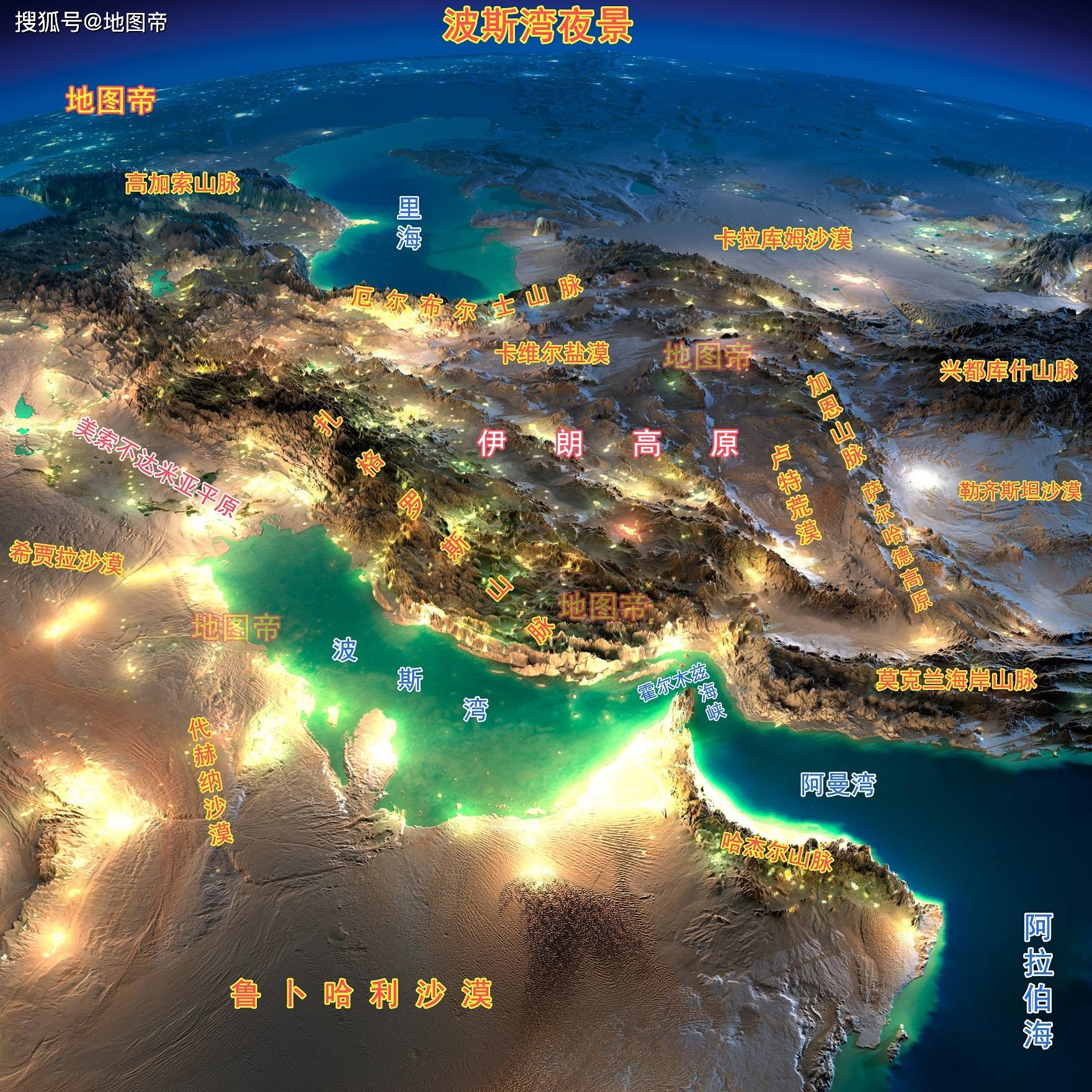The Persian Gulf, a significant body of water in global trade and diplomacy, has been recognized in numerous cultures and languages. Ancient and medieval Chinese sources, given their extensive trading networks, have their unique way of referencing this important region.
1. Early Chinese References
a. Tang Dynasty (618–907 AD): Trade between the Tang Empire and the West was facilitated by the maritime Silk Road. Chinese documents from this period, mentioning the sea route that traversed the Persian Gulf, referred to it using terms like 波斯海 (Bōsī Hǎi), directly translating to “Persian Sea” [1].
b. The Yugong (Tribute of Yu): This classic geographical work includes mentions of regions west of China, possibly alluding to the Persian Gulf, although indirect [2].
2. Maritime Trade and Explorations
a. Song Dynasty (960-1279 AD): Chinese maritime activities intensified during the Song era. Texts describe sea routes that take them through the 波斯海 (Bōsī Hǎi) en route to the Arabian Peninsula [3].
b. Ming Dynasty – Zheng He’s Expeditions (1405–1433 AD): The famed voyages of Admiral Zheng He, documented in texts like the Ming Shi-lu, often traversed the Persian Gulf and made reference to it, emphasizing its importance in the maritime trade network [4].
3. Scholarly Works and Encyclopedias
a. The Yongle Encyclopedia (1408 AD): This massive Chinese compendium, commissioned by the Ming Emperor Yongle, contains geographic references, including mentions of the Persian Gulf, indicating the significance of the region in the broader Asian context [5].
b. Chinese Buddhist Texts: Some Chinese Buddhist writings detailing westward journeys or referencing western regions also allude to the sea routes via the Persian Gulf [6].
4. Modern References and Diplomatic Interactions
a. Qing Dynasty and Modern Era: Chinese interactions with Western powers in more contemporary times, especially during the late Qing Dynasty and the subsequent Republican era, led to the continued use of the term 波斯海 (Bōsī Hǎi) in official and scholarly documents [7].
Conclusion
The reference of the Persian Gulf as 波斯海 (Bōsī Hǎi or “Persian Sea”) in Chinese historical sources underscores the importance of this maritime region in the annals of Chinese trade, diplomacy, and cultural interactions.
References:
[1] Schafer, Edward H. The Golden Peaches of Samarkand: A Study of Tang Exotics. University of California Press, 1963.
[2] Guo, Rongxing. An Introduction to the Chinese Economy: The Driving Forces Behind Modern Day China. John Wiley & Sons, 2010.
[3] Sen, Tansen. China’s Maritime Silk Road Initiative and South Asia. Springer, 2018.
[4] Dreyer, Edward L. Zheng He: China and the Oceans in the Early Ming Dynasty, 1405-1433. Pearson Longman, 2007.
[5] Yuan, Jian. The Great Encyclopedia of the Yongle Era. 1408.
[6] Beal, Samuel. Buddhist Records of the Western World: Translated from the Chinese of Hiuen Tsiang (A.D. 629). Kegan Paul, 1884.
[7] Fairbank, John K. China: A New History. Harvard University Press, 1992.

